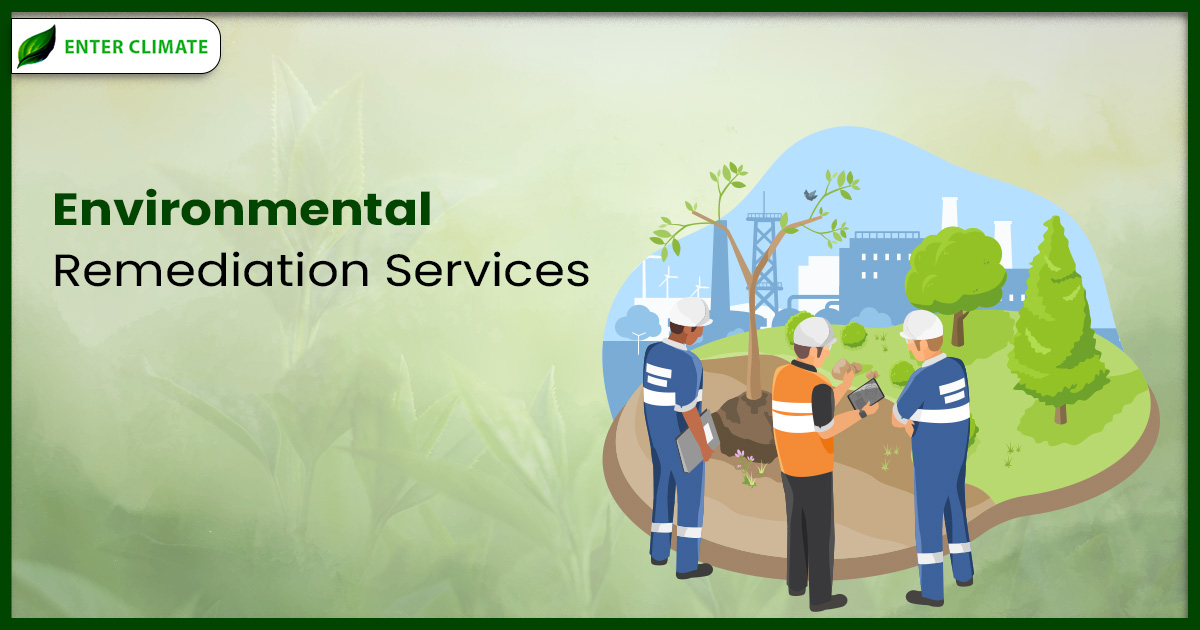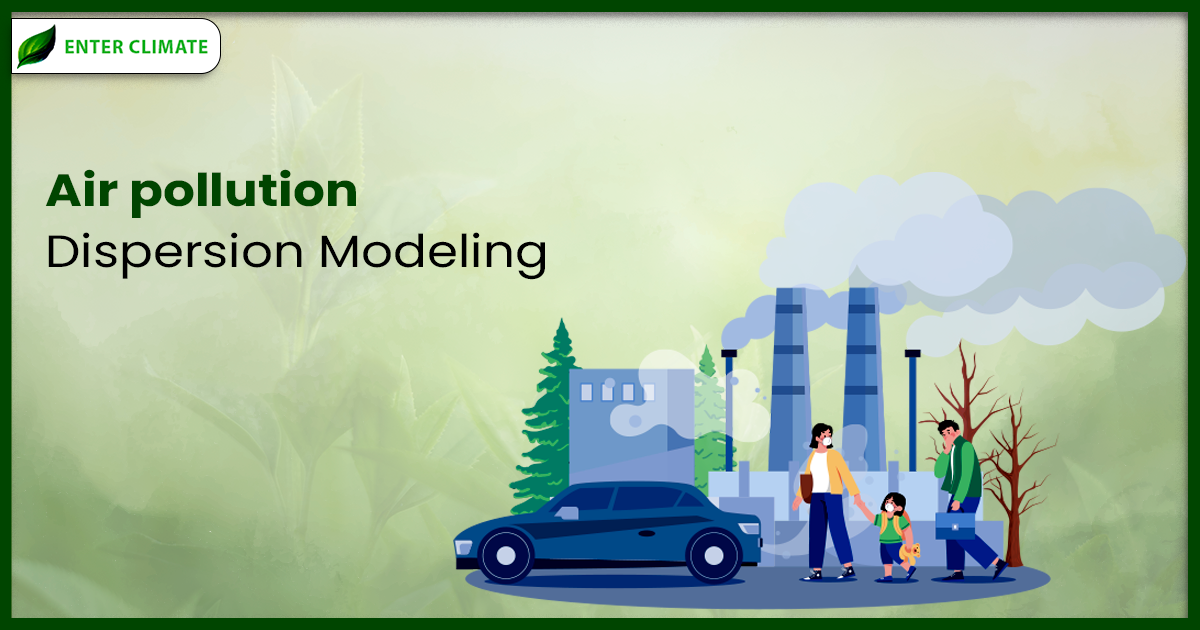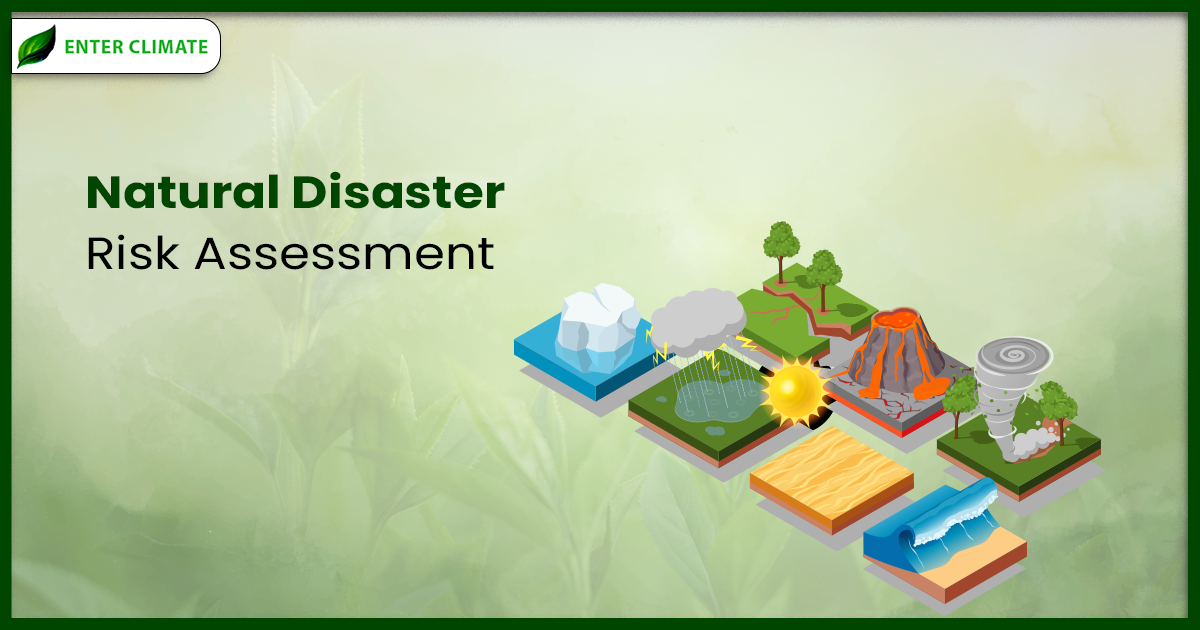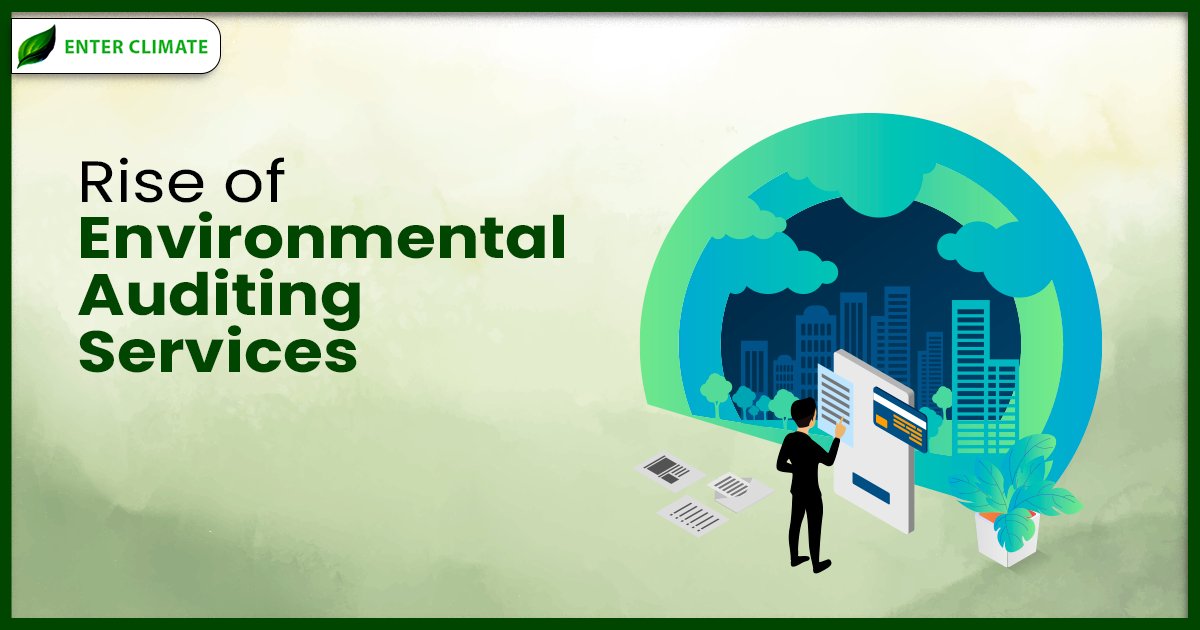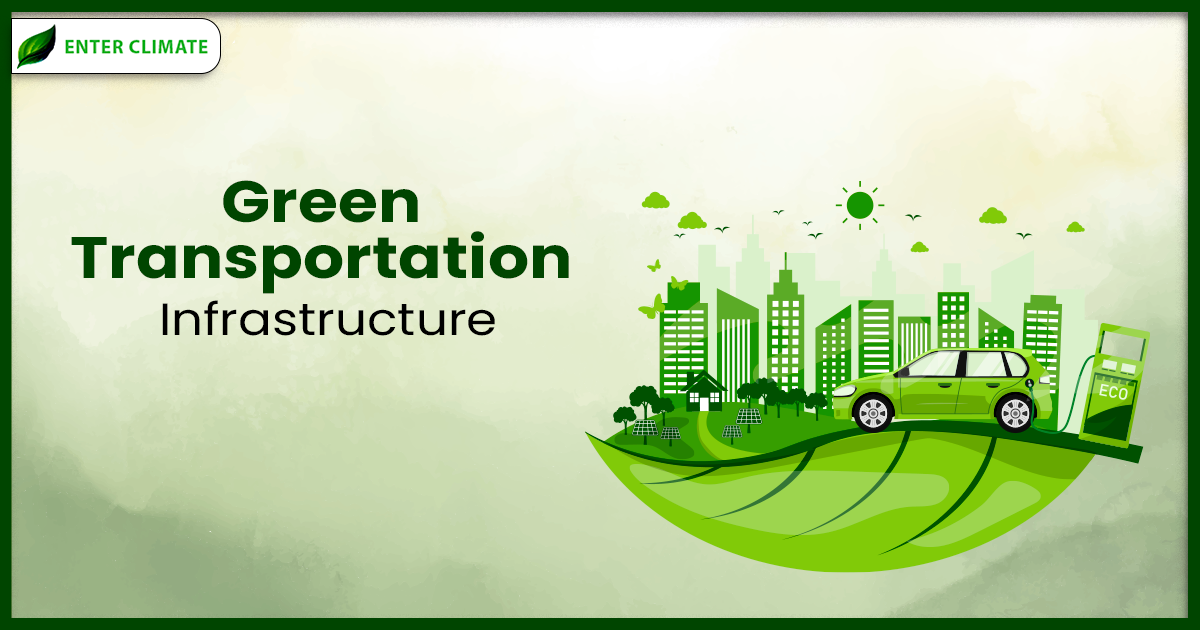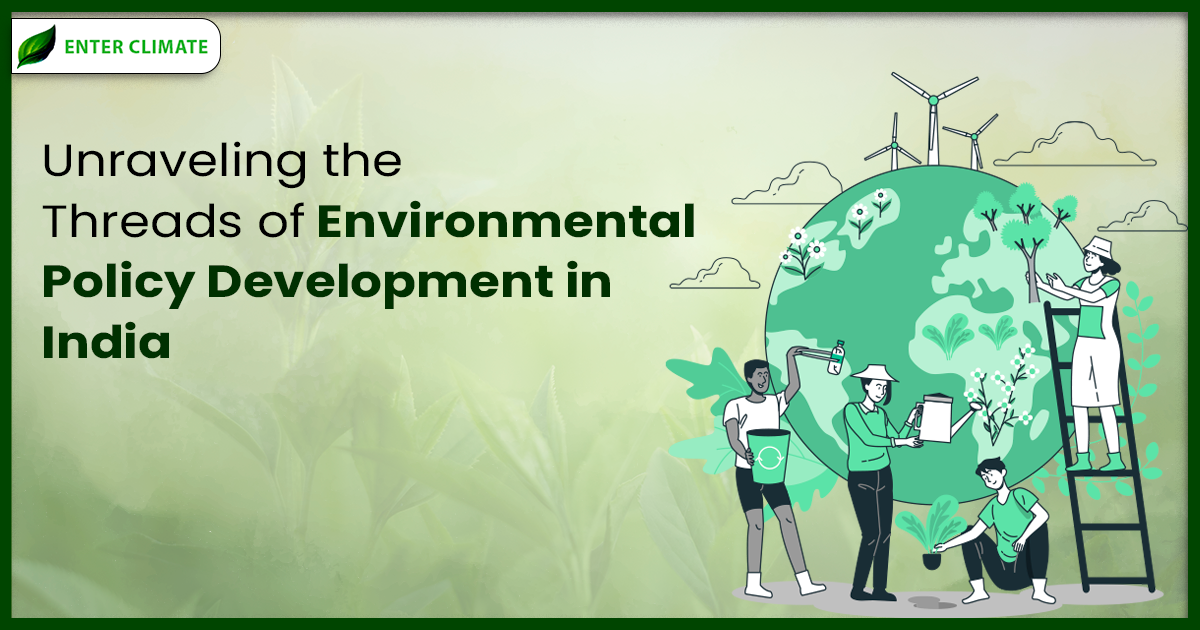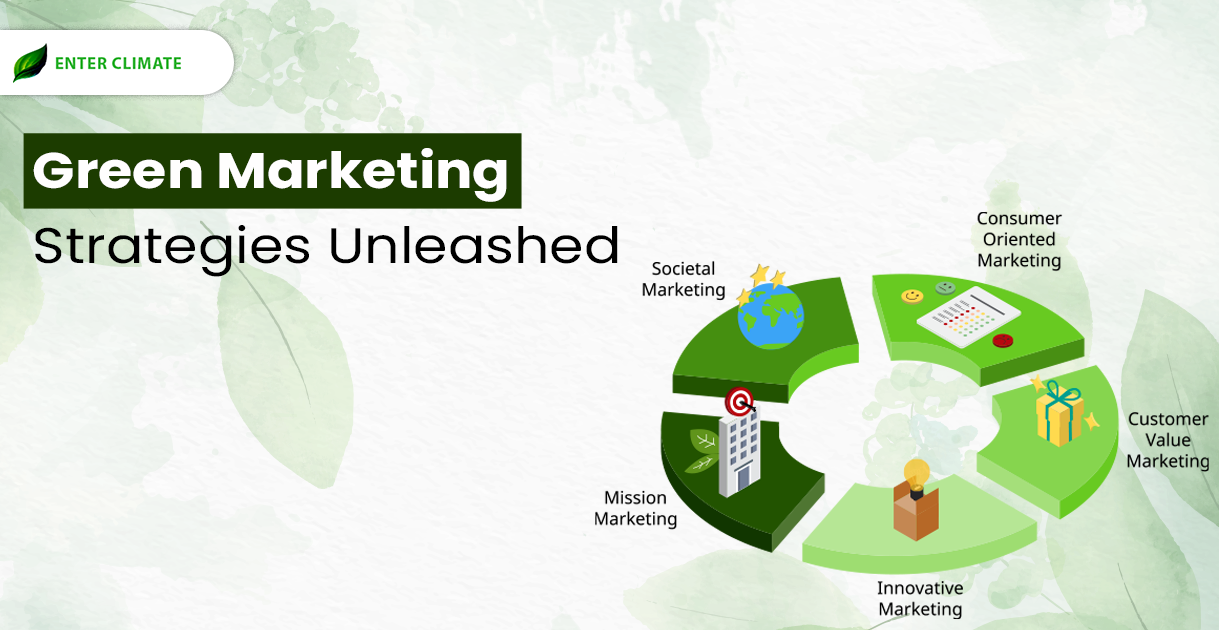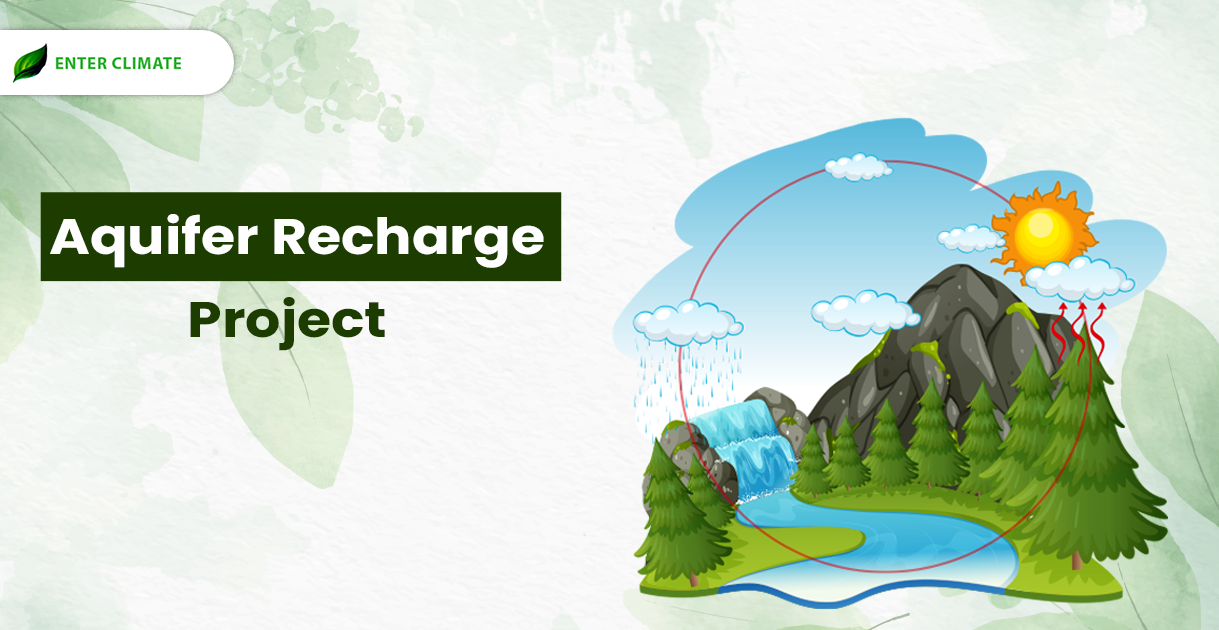How to Start an Aromatic Solvent Plant/ Mini Refinery?
Solvents are needed for many crucial chemical transformations to increase the contact surface between catalysts and reagents. Aromatic solvent is the core of many industrial chemical processes, coatings, formulations of consumer products and research work. Aromatic solvents play an essential role in a wide variety of applications in the speciality chemicals industry. An aromatic compound […]
Complete Overview of Battery Waste Management Rules, 2022
The rapidly growing use of electric vehicles and solar power plants. electronic devices and industrial batteries have led to a complicated situation of handling different hazardous components in the waste created by these batteries. This situation was not anticipated when the Battery Waste (Management and Handling) Rules 2001 came into effect and therefore called for […]
Plastic waste management strategies for PIBOs
Packaging is one of India’s most important plastic materials applications today. This is because of the many unique qualities of plastic, such as its inter nature, cost-effectiveness and cheap and easy manufacturing process. These advantages have resulted in an economy wherein plastics are becoming a significant part of today’s manufacturing sector. But there is a […]
Overview of the Pet Coke and Furnace Oil Use Fuel Policy of Punjab
Petroleum coke or pet coke is a carbon-rich solid material and residual waste material recovered as a by-product of oil refining. It is a spongy, solid residue from oil distillation that can be burned for fuel similar to coal. Petcoke is used by power stations and several manufacturing industries, including cement, steel and textile plants, […]
Responsibilities of PIBOs under EPR for Plastic Packaging
Extended Producer Responsibility (EPR) is a legal responsibility imposed on producers of certain products that the producer introduces in the market that are potentially hazardous after the end of their life. The EPR regime applies to producers (including manufacturers, importers, and brand owners) and recyclers in 4 sectors: plastic packaging, electronic and electrical equipment (EEE), […]
Relevance of Waste Management Hierarchy in Business
Most of the industry-related waste is hazardous, while some are non-hazardous. However, even if the waste is non-hazardous, it is essential to discard it properly. All kinds of waste business entities generate require management, recycling and proper disposal. In the past decade, waste management rules have become more elaborate and are governed by SOP for […]
Overview of the Forest (Conservation) Amendment Bill, 2023
On August 2, the Indian Parliament passed the Forest (Conservation) Amendment Bill,2023, in a bid to further India’s commitment to sustainable and inclusive development in the country. These amendments now form a crucial part of the Forest (Conservation) Act, 1980, the principle law that regulates the diversion of forest land for non-forest purposes with a vision […]
Carbon Credit Trading Scheme, 2023 – Key highlights
Despite significant advances in “clean” and ‘renewable’ energy technologies, India remains heavily dependent on fossil fuels. Conventional sources of power, such as coal and petroleum, release trapped CO2 into the environment, which is one of the most significant contributors to global warming across the globe. Every country across the globe is in search of innovative […]
EPR Registration for Plastic Waste Management (PWM)
Maybe you are a business owner who uses plastic to package the product and recently learned that the government wants you to register your business with something called EPR, short for extended producer responsibility. Or maybe you are registered under these rules but do not have a clear idea about how the EPR regime works […]
Overview of Plastic Packaging Regulations under EPR Category 1: Rigid Packaging Plastic
The PWM Rules define Plastic Packaging as packaging material made using plastics for preserving, protecting, transporting, and storing products in various ways. Today, plastic packaging has become an integral part of everybody’s daily life with the numerous benefit it brings to the table. However, some grave issues related to its waste management arose along with […]
